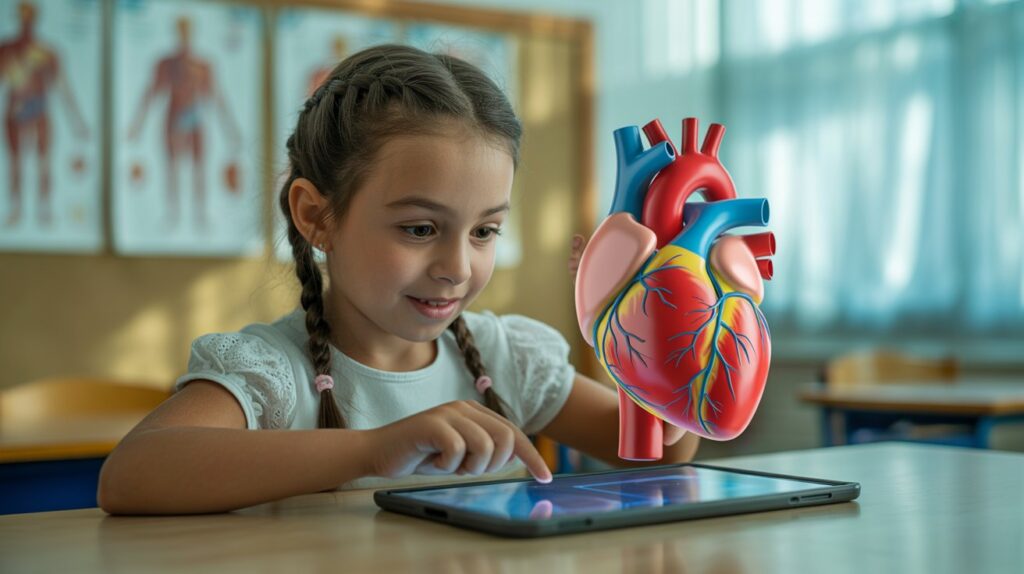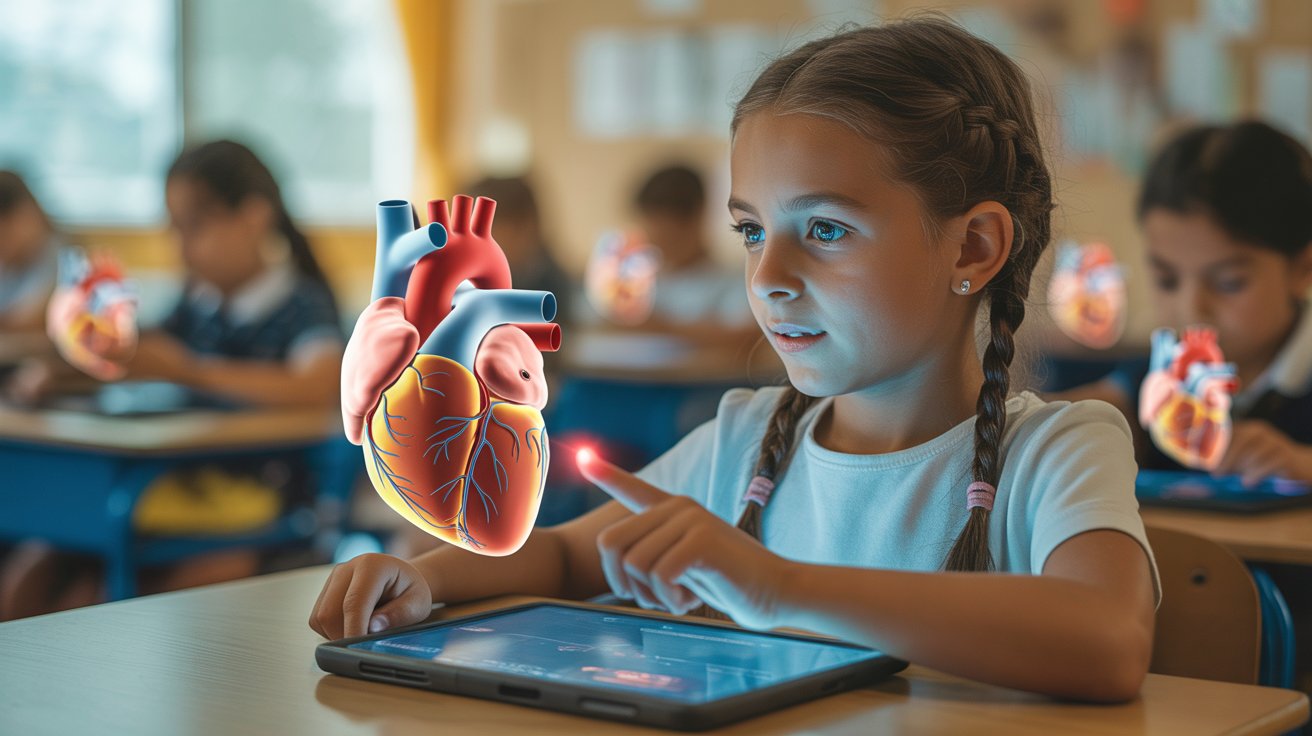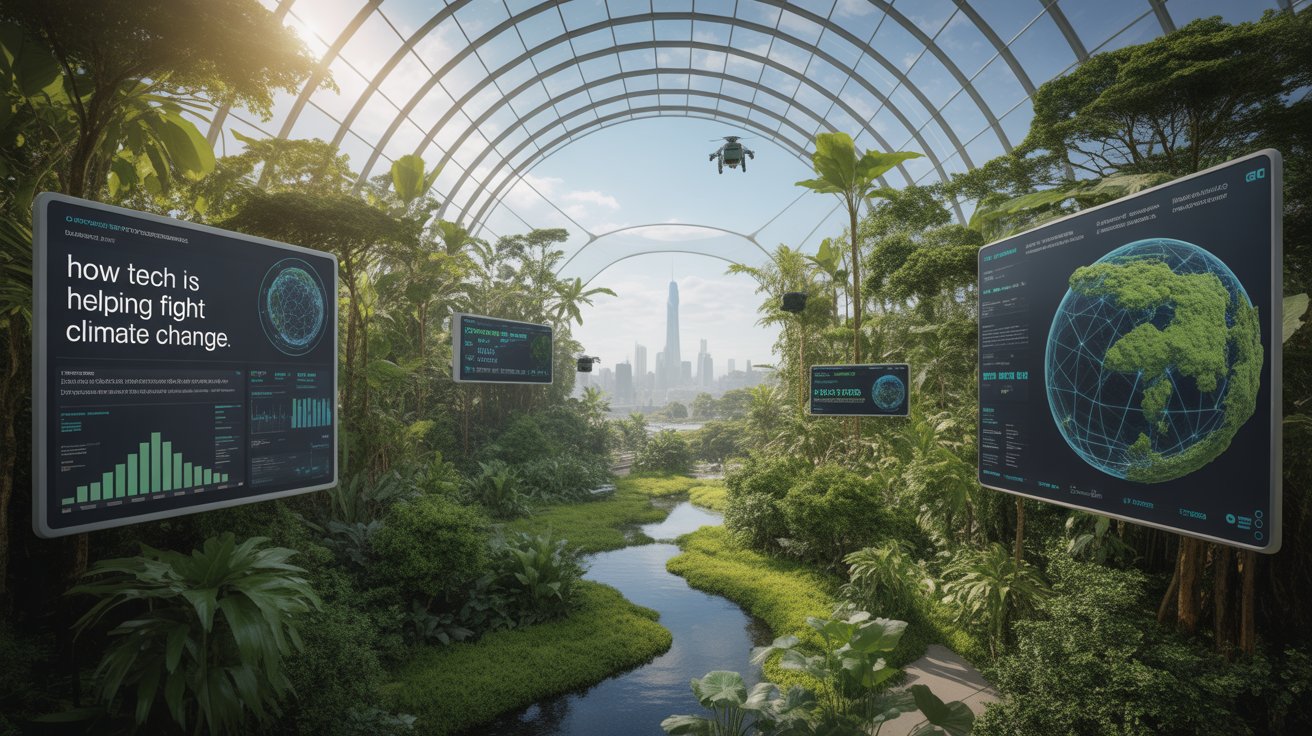In 2025, Augmented Reality (AR) is emerging as one of the most exciting tools in education. While online learning, videos, and interactive quizzes have become common, AR takes things one step further by blending virtual elements into the real world, creating immersive and engaging experiences for students. Whether you’re studying human anatomy, exploring ancient civilizations, or learning to code, AR is making education more interactive and memorable.
What Is Augmented Reality?
Augmented Reality overlays digital content—such as images, text, or 3D objects—onto the real world, typically through a smartphone, tablet, or AR glasses. Unlike Virtual Reality (VR), which places users in a completely artificial environment, AR enhances your surroundings without replacing them.
In education, AR allows students to visualize complex concepts in 3D, interact with virtual models, and experience lessons in ways traditional methods can’t offer.
Real-World Classroom Applications
1. Science and Biology
Students can use AR apps to explore the human body, examine cell structures, or simulate chemical reactions. Instead of reading about the circulatory system, learners can interact with a 3D beating heart and see how blood flows in real time.

2. History and Social Studies
AR brings historical events to life. Learners can walk through ancient Rome, view 3D models of ancient pyramids, or interact with virtual recreations of famous battles. This hands-on approach makes history more engaging and easier to understand.
3. Mathematics and Geometry
Visualizing math concepts like 3D shapes, graphs, and equations becomes simpler with AR. Students can rotate and scale virtual objects to better grasp spatial reasoning and formulas.
4. Language Learning
AR flashcards can show animations, pronunciations, and cultural context. For example, scanning an object can display its name and usage in another language, reinforcing vocabulary and comprehension.
5. Technical Skills and Vocational Training
Medical students, engineers, and mechanics can practice using AR-based simulations before handling real equipment. This reduces risk and improves skill retention.
Benefits of AR in Education
-
Increased engagement: Students are more motivated when they can interact with content.
-
Better retention: Studies show that immersive learning leads to improved memory and understanding.
-
Personalized learning: AR can adapt to a student’s pace and learning style.
-
Accessibility: AR makes abstract concepts visible and interactive for all learners, including those with special needs.
Challenges to Overcome
-
Cost of equipment: AR headsets and devices may be expensive for schools, though smartphones and tablets offer a more accessible entry point.
-
Teacher training: Educators need support and training to integrate AR effectively into the curriculum.
-
Content development: There is a growing demand for quality AR educational content across different subjects and languages.
The Future of AR in Education
As AR technology becomes more affordable and widespread, its role in education will expand. We may soon see:
-
AR-powered textbooks
-
Virtual field trips across the globe
-
Real-time collaboration between students in different countries
-
AI integration to provide instant feedback during AR learning sessions
Final Thoughts
Augmented Reality is transforming education from a passive activity into an active, visual, and engaging experience. As more schools and institutions embrace this technology, AR will help build a generation of learners who understand more deeply, think more critically, and explore more creatively.



